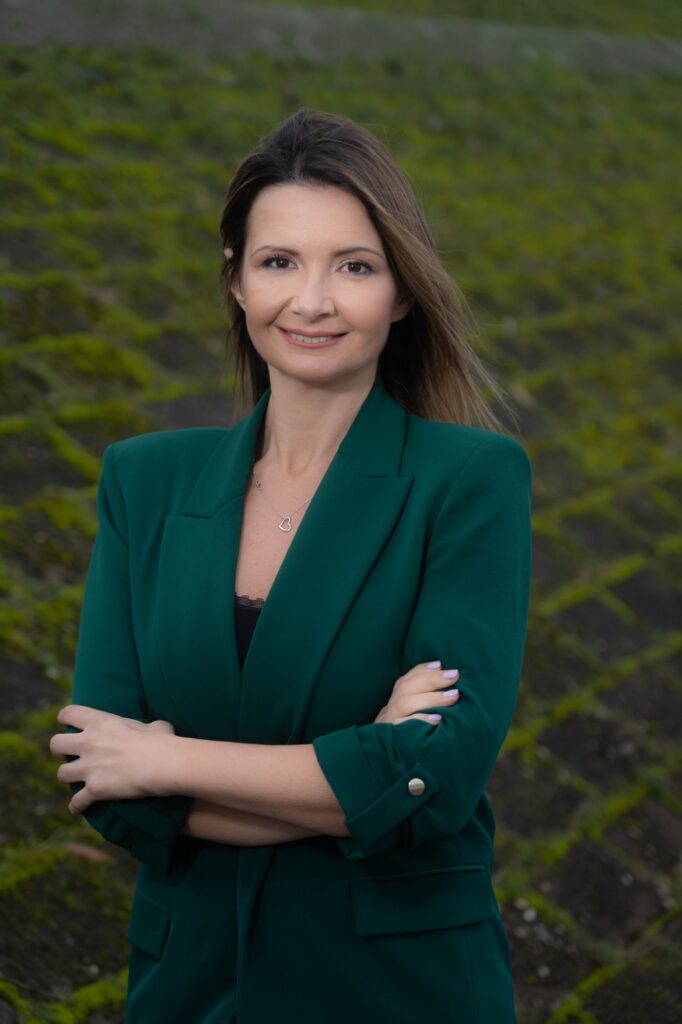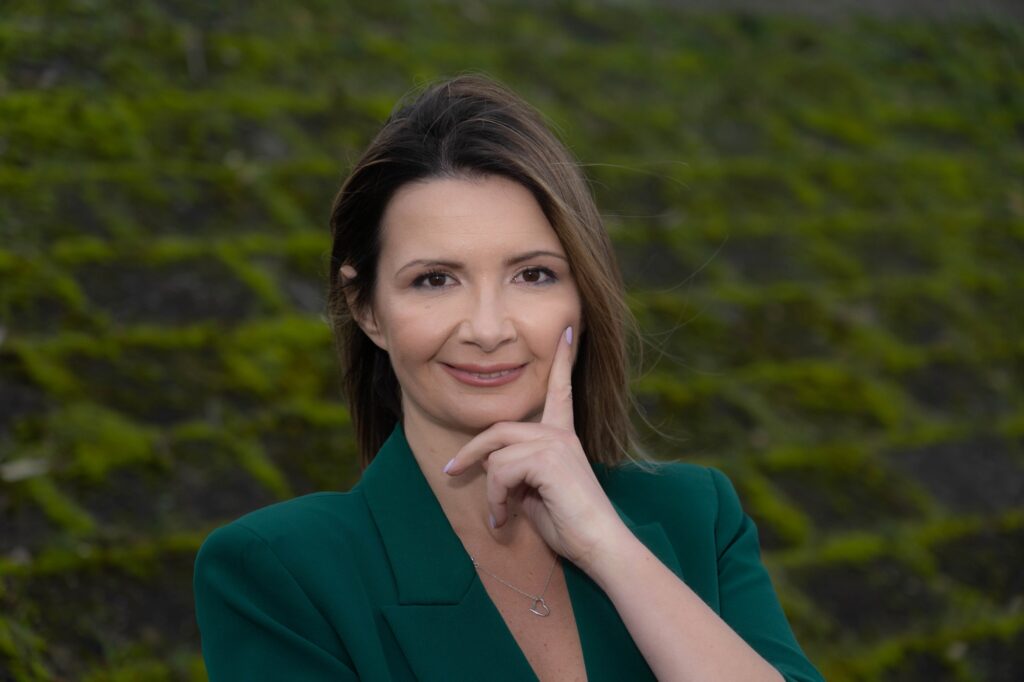Last year saw €33 billion invested in renewables across Europe – a considerably better result than in previous years. Serbia has also recorded positive developments, though investors suggest that, in addition to auctions, alternative mechanisms to ensure the successful implementation of projects should be made available. We discussed the current state of renewable energy sources with Danijela Isailović, Manager of RES Serbia.
Where does Serbia currently stand compared to Europe and the rest of the world?
— With 585 GW of newly installed renewable power globally, the world has now reached 4,448 GW of green energy capacity. Solar remains the fastest-growing green energy source, having recorded a global increase of 29 per cent last year. Within the EU, the wind and solar share of the energy mix rose from 17 to 29 per cent over the last five years, according to data from Ember, a global energy think tank. Wind energy currently provides 19 per cent of Europe’s electricity.
Statistically speaking, Serbia is performing well. According to the Energy Agency, 38.1 per cent of electricity produced in Serbia in 2023 came from renewables, more than 85 per cent of which originated from large hydropower plants. Wind accounted for 2.8 per cent, while solar, biomass and biogas collectively contributed around one per cent.
We clearly need to generate more electricity from wind and solar sources. Both citizens and the government have recognised the potential of solar energy, which has led to a mass installation of rooftop solar panels on homes, public institutions and factories. We currently have around 95 MW of prosumers.
These figures will be improved by the construction of wind and solar plants that won the 2023 auctions, as well as those from the latest round of auctions concluded this year. Of the major projects that emerged victorious, only the Pupin Wind Farm (95.5 MW) has been connected to the grid so far. Over the coming years, we expect at least an additional 1 GW of auction-winning plants to be built.
We believe that auctions are a secure and effective model for securing new renewable capacities – a win-win solution for both the state and private investors. The state – or more precisely, the Electric Power Industry of Serbia (EPS) – receives cheap green energy, while investors benefit from a guaranteed 15-year power purchase agreement and an auction premium. As an association, we advocate for the third round of auctions to take place as soon as possible, alongside the adoption of appropriate regulations and a new three-year auction plan.
Of course, new capacities can and should be developed, and electricity can also be sold through corporate Power Purchase Agreements (PPAs).
In your view, what represents a healthy balance between the evident interest shown by citizens, as well as small and large companies, in investing in renewables and the risk of overcapacity? How can Serbia best utilise its renewable potential and channel the current momentum in a smart way?
— To avoid imbalances in production and ensure the stability of the power system, strategic planning and coordination among all stakeholders – the state, private sector and citizens – is crucial. Investments in infrastructure that can integrate renewables into the energy system are key.
In previous years, we faced a glut of projects and an unrealistic 26 GW of grid connection requests. This prompted the state to introduce stricter regulations, bank guarantees and limitations, which in turn drastically reduced the number of ongoing projects.
Further development of renewable energy projects and grid balancing will require the construction of the Bistrica reversible hydropower plant, as well as battery storage facilities. Interestingly, 70 per cent of Europe’s battery storage capacity is located in Germany – once again highlighting why Germany is the leader in wind and solar electricity production.
At COP29 last year, more than 100 countries and organisations signed a declaration calling for a sixfold increase in energy storage capacity by 2030.

Among your members are not only major players in wind and solar power, but also pellet producers who, after lengthy discussions with the state, have reached an agreement that should allow the domestic pellet industry to continue developing. How effective do you believe this solution to be, and what should be the next steps?
— Our member, Eko Step Pellet – which is also one of Serbia’s largest prosumers – is active in pellet production. Unfortunately, this industry, which falls under the forestry and wood-processing sectors, has long faced a series of challenges. We provide support where we can and where we have expertise.
The Ministry of Mining and Energy has adopted a new Rulebook on Solid Fuels from Wood Biomass, which stipulates that only high-quality pellets meeting EU standards may be sold on the Serbian market. This move should help preserve the competitiveness and sustainability of the domestic pellet industry.
Wind farms are currently more present in Serbia than solar power plants. Is this a natural consequence of Serbia’s climate, or do you foresee a more balanced distribution of the two sources in future?
— Wind energy gained a head start in Serbia due to serious global investors who recognised our natural potential more than 15 years ago and were willing to invest both time and resources in wind measurement, multi-year project development, and at times even wait for favourable regulation.
That is why we now have over 600 MW of wind energy installed, but not a single large solar power plant (i.e. over 10 MW) connected to the transmission grid. Previous regulations – whether they related to feed-in tariffs or auction quotas – merely reflected the actual state of the market and the level of project development.
However, this trend is now shifting. In the most recent auctions, a solar power plant exceeding 100 MW emerged as the winner and will be connected to the transmission system.
Looking at projects currently under development, some 6.5 GW of wind and 3.7 GW of solar capacity are on the grid connection list, suggesting that wind will not remain far ahead of solar in the coming years.
What new topics will be addressed at your upcoming annual conference?
— Alongside the already established themes of wind and solar energy, renewable project financing and the energy market, last year’s conference highlighted the growing importance of e-mobility, ESG, and education – all of which we intend to revisit with further depth and nuance.
At RES SERBIA 2025 conference, we will address the issues that have emerged in the renewables sector over the past year. Most importantly, we do not sell speaking slots or airtime. Our conferences provide a genuine platform for discussion, where questions from both the audience and moderators are answered openly.
We will talk about everything that is timely and relevant – even when it may be uncomfortable.
Source: Cord


